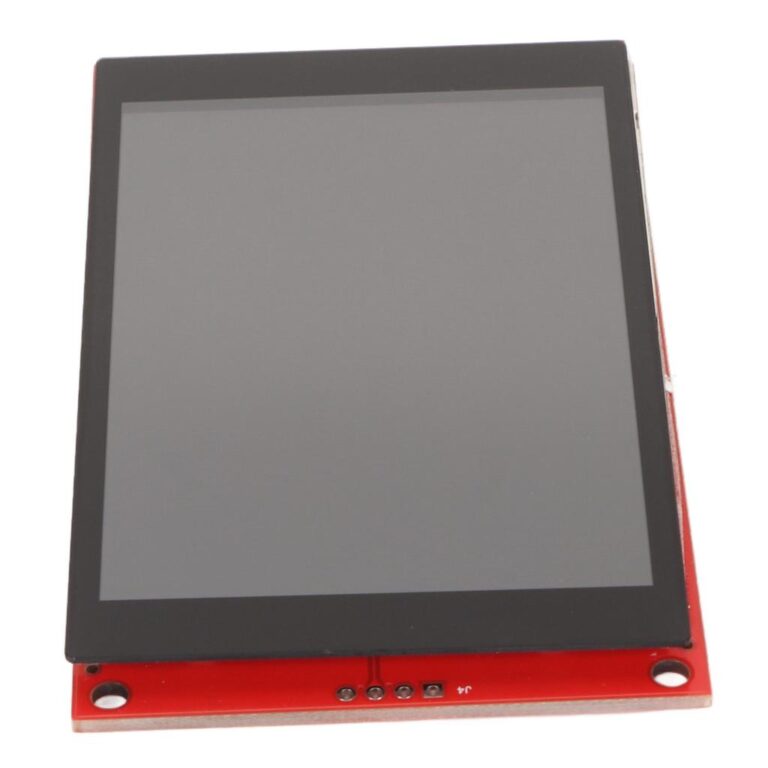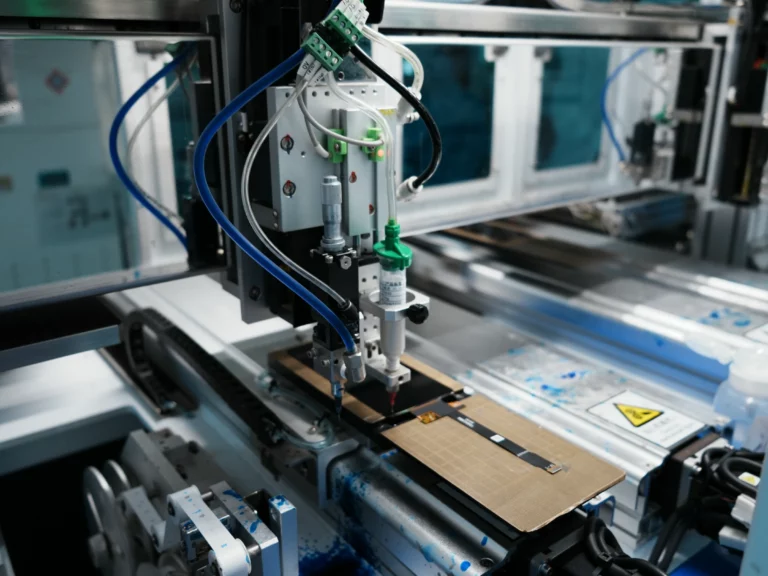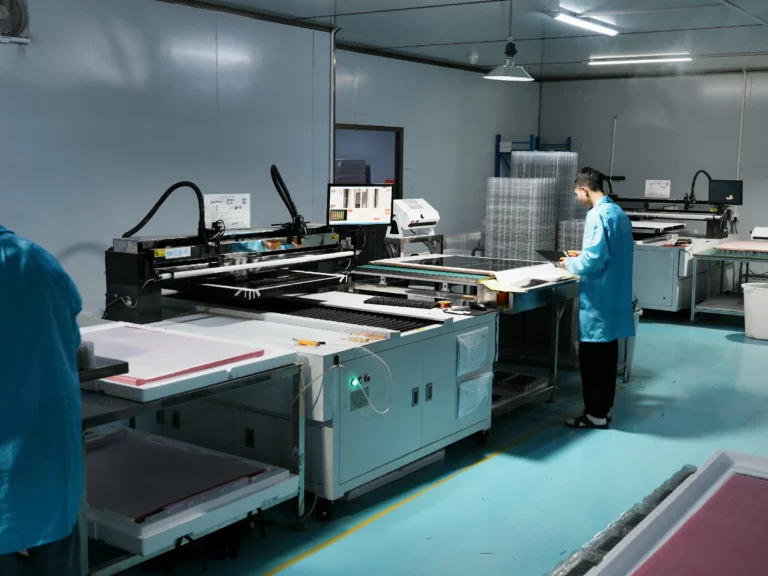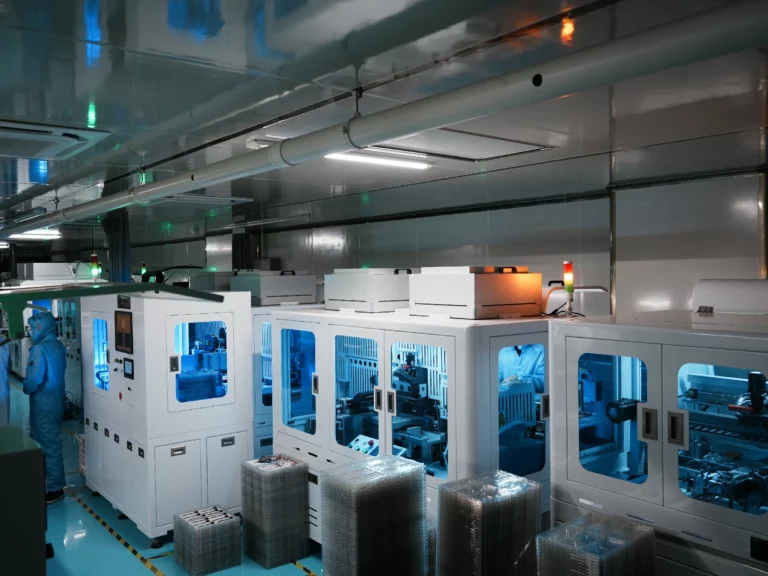- 1 What Makes a Display “Automotive-Grade”?
- 2 Key Selling Points of Automotive-Grade Displays
- 3 Superior Visibility in All Conditions
- 4 Designed for Safety and Comfort
- 5 Long-Term Availability
- 6 Enhanced Aesthetics and Customization
- 7 Applications Across the Vehicle Ecosystem
- 8 Digital Instrument Clusters
- 9 Central Infotainment Systems
- 10 Passenger Entertainment
- 11 Head-Up Displays (HUDs)
- 12 Why OEMs and Tier-1s Choose Automotive-Grade Displays
- 13 The Future of Automotive Displays
- 14 Conclusion: The Competitive Edge of Automotive-Grade Displays
What Makes a Display “Automotive-Grade”?
Unlike consumer electronics panels, an automotive-grade display is engineered to withstand extreme and unpredictable conditions:
- Temperature tolerance from -40°C to +85°C for global climates.
- High vibration and shock resistance for rugged road environments.
- 10+ years of guaranteed lifecycle support to match vehicle longevity.
- Functional safety compliance ensuring no compromise to driving safety.
This rigorous engineering ensures that automakers can deliver not just technology, but reliability and trust on the road.
Key Selling Points of Automotive-Grade Displays
Superior Visibility in All Conditions
Avec brightness up to 1000 cd/m² et anti-glare treatments, drivers enjoy crystal-clear readability—even under direct sunlight.
Designed for Safety and Comfort
Wide viewing angles, glove-friendly touch, and low-latency response ensure that displays never distract, but always assist.
Long-Term Availability
Unlike consumer screens that phase out quickly, automotive-grade displays guarantee long-term availability and component stability, critical for OEM production.
Enhanced Aesthetics and Customization
Curved, freeform, or round displays seamlessly integrate into futuristic car interiors, enabling premium brand differentiation.
Applications Across the Vehicle Ecosystem
Digital Instrument Clusters
Replacing mechanical gauges, these displays deliver dynamic, customizable information at a glance.
Central Infotainment Systems
From navigation to entertainment, central displays provide drivers with personalized digital experiences.
Passenger Entertainment
Rear-seat and co-driver displays transform travel into a connected lifestyle with video, apps, and games.
Head-Up Displays (HUDs)
By projecting navigation and alerts directly onto the windshield, HUDs elevate both safety and convenience.
Why OEMs and Tier-1s Choose Automotive-Grade Displays
Car buyers demand technology-rich experiences, and automakers face the challenge of blending reliability with innovation. Automotive-grade displays deliver:
- Safety compliance with ISO 26262 standards.
- Reduced warranty risks thanks to proven durability.
- Stronger brand positioning through futuristic display integration.
- Global scalability with MIPI, LVDS, and CAN-compatible interfaces.
In short, choosing automotive-grade displays is not just about hardware—it’s about building trust and brand equity.
The Future of Automotive Displays
The road ahead is clear: displays will become larger, smarter, and more immersive. Trends shaping the next decade include:
- OLED adoption for vibrant contrast and flexibility.
- Mini-LED and micro-LED backlighting for ultra-high brightness and energy efficiency.
- Seamless cockpit integration, merging instrument clusters, infotainment, and HUDs into a single wide display.
- Augmented reality interfaces guiding drivers with real-time data layered onto the world ahead.
For automakers, aligning with these display innovations means staying ahead in the race toward autonomous and connected vehicles.
Conclusion: The Competitive Edge of Automotive-Grade Displays
Un automotive-grade display is more than a screen—it is a strategic enabler for automakers. By combining rugged reliability, safety compliance, and cutting-edge visuals, these displays bridge the gap between technology and trust.
As vehicles become increasingly digital, the display will remain the driver’s window into the future of mobility. Manufacturers that invest in true automotive-grade technology today will secure their place as leaders in tomorrow’s intelligent transportation ecosystem.






